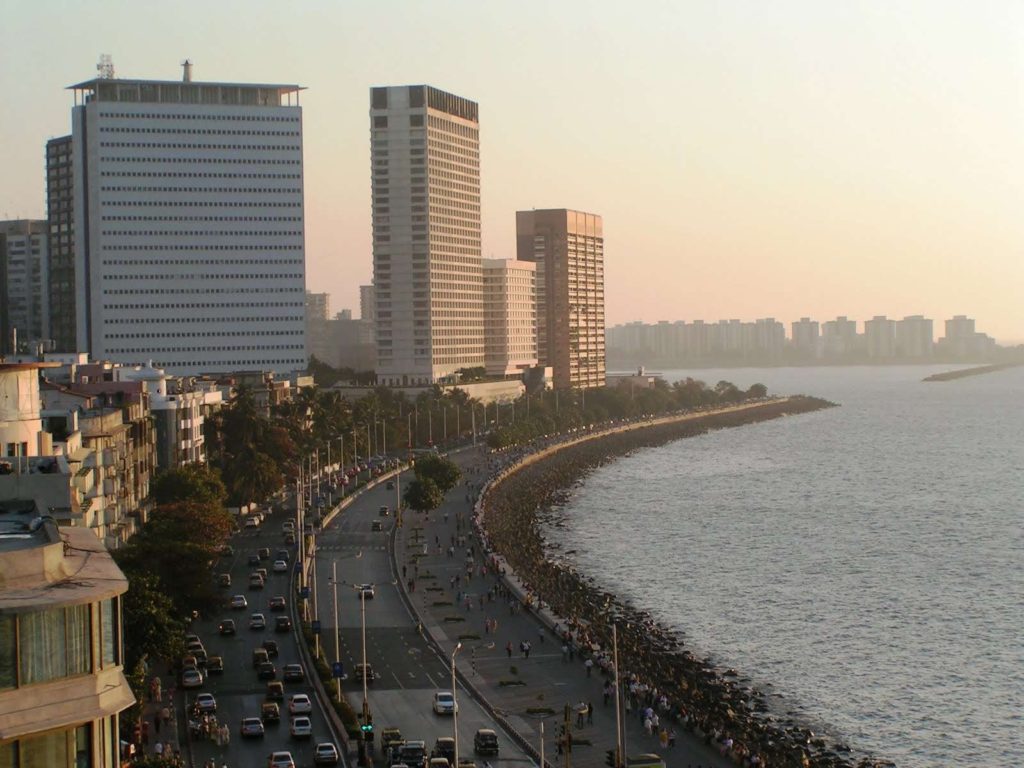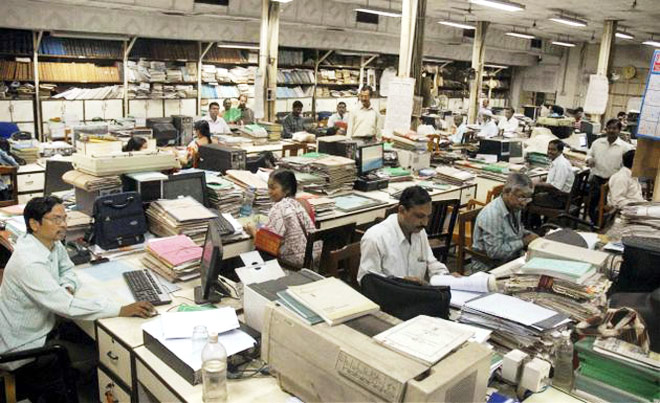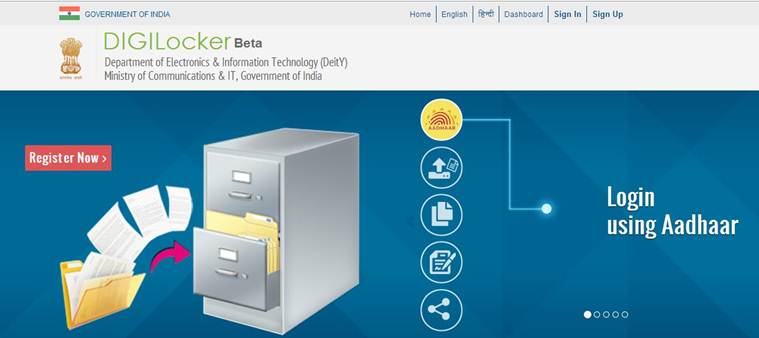With India taking a leap into smart cities, it is very important for administration to not forget the ground realities while working towards the future. Adapting a high technology approach may not work in India and a customized effort for India’s cities & towns is key.
Smart for a city may not be smart for another – idea to improve smartness gradually – and move in direction of some of best cities in the world
For this highly ambitious project, we present 4 key thoughts that should smart city implementation in India.
# 1 Smart in the Future, Liveable in the Present

- Greenfield developments – 100 smart cities proposal – is a long drawn venture. Just “Greenfield cities” without the smart angle have taken couple of decades to materialize – Gandhinagar and Navi Mumbai are examples.
- Hence, a brown-field approach by the Ministry makes immediate sense to kick start development
- The 100 smart cities project must not detract from the urgent need to make India’s top 10 cities liveable. Not only talking about cities but urban agglomerations including satellite cities.
- Quality of life – Mumbai’s quality of life issues
- Economic sense -The eight metro cities with population of more than 50 lakh – Delhi (NCR), Mumbai, Bangalore, Chennai, Kolkata, Hyderabad, Pune and Ahmedabad – are responsible for 70 per cent of tax revenue and contribute 80 per cent to the net job addition to India’s organised labour market. Every rupee invested in these cities will lead to a proportionate economic return due to increased productivity and economic efficiency gains. Hence, investment in these cities makes good economic sense.
# 2 Bridge the GAP (Governance of ULBs, Affordable Housing, Pubic Utilities and Transport)
- Governance of ULBs – HR angle to the smart story
- Overhauling of current municipal bodies (ULBs) – everyone seems to forget the HR angle to the smart cities story. Technology would solve an aspect of the problem – the current bureaucratic structure and practices need to be modified for actionable change.


- Accountability – Multiplicity of agencies – eg Mumbai
- Technology – Most of the government offices still do not have WIFI, work primarily through file systems. A radical overhaul in terms of work culture and infrastructure at the government offices has to take place – the IC, Gujarat and NAINA office, CIDCO, Maharashtra are excellent examples. Not only would the staff have to be IT literate – they have to be efficient as far as internal role / responsibility allocation is concerned.
- Affordable Housing – with MMR’s property rates, middle income only have monies for Roti and Kapda
- Public utilities and transport – smart grids for electricity and water paramount and public transport
- Utilities
- Power theft in Mumbai and dire shortage of water
- Indirect benefits of improved revenue collection
- Theft / non-payment of user charges solved
- Better planning, problem identification and redressal à efficient delivery (Using this information, the system could appropriately distribute electricity during peak and off-peak hours, and detect any leakages.)
- Transport
- Metros / modern transport systems focusing on connecting satellite cities – main hinterland.
- Traffic management systems – key affected areas in major cities. On an average à improvement of average traffic speed by 20-25%.
- Utilities
# 3 Your Smart vs My Smart

- While bridging and improving the smartness quotient of the ‘GAP’ – attention should be paid to the definition of smart city – which should not be looked as in case of foreign countries. Rather it should be modified to suit India’s immediate needs. And over the years – the “smartness quotient” of these systems in place can improve based on the evolving needs.
- This immediate overhaul, however, would not comprise of basic tenets of a smart city – smooth and efficient governance based on transparency and accountability. And as is the case with most of the newer developments – IT / technology would play a major part.
- Eg – Can concentrate on a paperless info system – e-governance module similar to Karnataka, even Gujarat has enabled online submission of papers for industrial, digi-locker – an initiative in the right step
- There a multiple talks of WIFI cities – When (/) proportion of Indians are still not connected to the internet, it is unlikely area for the government to venture into. It may be the vision for the future but its rollout and eventual fructification would take several years. Selective implementation is the way forward à railway stations / trains / large bus terminals / public libraries / government offices.
- Prime concern especially safety of women. When one talks about a smart safety and security system – multiple installation of CCTVs, continuous monitoring, identity verified access, rigid patrolling – while some measure are taken in modular ways – others less so. However, rather than a lavish plan of CCTVs – a simple app enabled GPS tracking system available at every police station in the country would go a long way for safety and security.
- Very simply put – there are varying levels of smartness. a simple police app detecting GPS positions would go a long way
# 4 Integrated / Holistic Vision, Modular Design

While gunning for “low hanging fruits”, one should not forget the long term picture of a complete smart city which changes its service levels depending on evolving needs of the citizens. Encouraging modular “smart projects” – new buildings and infra / affordable housing / redevelopment / slum rehabilitation – compulsory smart meters. Comprehensive planning is essential – unlike the JNNURM, the government is enabling states to compete for the pool of funds available for smart infrastructure.
MMRDA is taking this approach with multiple smart projects announced – smart BKC project, smart Wadala Truck terminus project. These smart projects would eventually form a “Smart city” with suitable networks and connections.